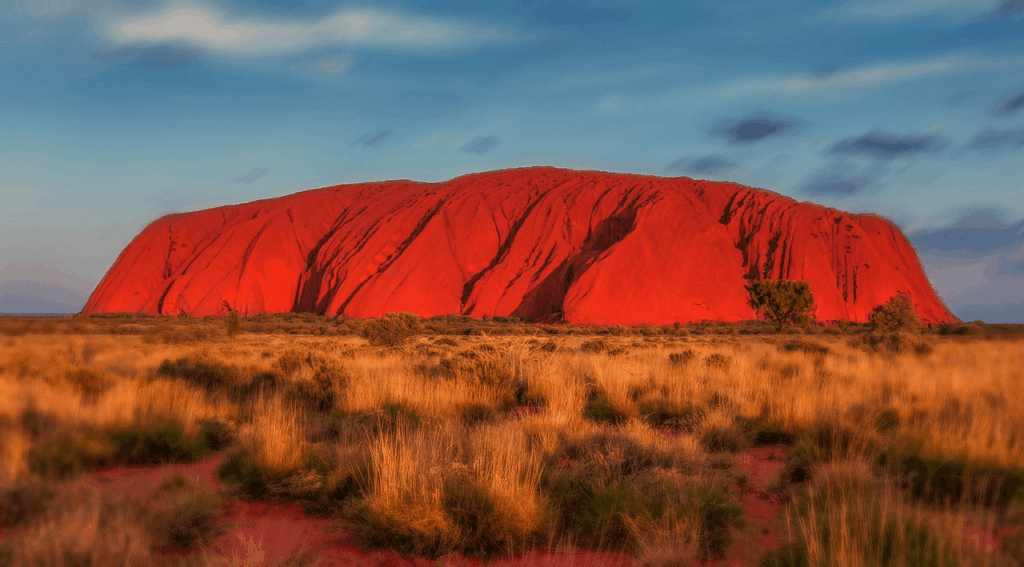When you are planning your travel across Australia you need the tools that work even in remote zones. You learn how to prepare maps, choose entertainment and choose games that don’t require signal. You also need to know what areas require special preparation.

Contents
Prepare Beforehand with Apps and Files
You have to download data before you leave towns. In the Daintree Rain Forest in Queensland or in the Outback near Alice Springs you may not find cell service. You take offline maps from Google Maps or from Maps.me or OsmAnd. In areas such as Kimberley or Fraser Island you need to have topographic routes saved.
You can open the application when you are online, mark routes or save map zones. You can include satellite views in case terrain is an issue. You can also download content for entertainment purposes in advance. In remote camps there is no streaming signal. You save video files on Netflix or Amazon Prime video or save music on Spotify offline or Apple Music’s offline mode.
Gamers must do similar work. Pick titles that work offline or in “single player mode.” Avoid large downloads in the bush. You want a small list of titles that run well with no cloud dependency. Only titles that have been tested and reviewed make your shortlist so you waste no time on failures.
Route Tools for Each Region
Each area in Australia has its own terrain and hazards. Plan with apps that fit the zone. Along the eastern coast, from Sydney to Cairns, you deal with both road and marine sections. You need tide charts and marine routes, not just driving directions.
Navionics covers boat paths near the Whitsundays. It shows depth, coastal warnings, and marked anchor points. For road routes, Hema Maps covers the inland paths that wind through hinterlands and bush zones.
Tasmania calls for hiking maps and altitude tools. Tracks near Cradle Mountain or the Overland Trail run through high terrain. Carry detailed offline maps with elevation profiles and hut markers. You use Gaia GPS or AllTrails Pro to follow waypoints even with no signal.
In the Red Centre, near Alice Springs and Uluru, you plan using desert maps. Check track grades and access routes. Add contact points with Ranger offices to your plan. Offline map packs from ExplorOz or Hema Explorer give data for these desert crossings.
Connectivity, Power, and Backup
Power and signal failures are common when you travel far from towns. Avoid problems by packing gear and setting up backups ahead of time.
- Power Supply Options:
In places like the Simpson Desert or Cape York, you can’t rely on vehicle power alone. Pack high-capacity power banks that work for multiple days. Bring a solar charger with fold-out panels that fits in your pack. Some travellers carry a spare phone or tablet with its own power supply. - Storage and File Access:
Never keep maps, guides, or media on just one device. Copy them to a second phone, a USB drive, or a memory card. That way, if your main device shuts off, you still have everything ready. This helps with offline maps, video files, or important travel documents. - Backup Signal and Emergency Links:
In places like the Kimberley or Nullarbor Plain, mobile signal is weak or gone. Bring a portable hotspot for short-range signal when near towns. For deeper bush, carry a satellite communicator like Garmin inReach or Zoleo. Pre-load maps into the satellite app and make sure emergency contacts are stored before you leave.
Sample Itinerary for a Brisbane to Cape York Trip
This track takes you from city streets to some of the most remote tracks in Queensland. Training starts while still in Brisbane. Offline maps are stored for the Bruce Highway and beyond Cooktown. Additional files have been included for the Bloomfield Track and rough country around the tip of Cape York. Each route is tested to verify the functionality in airplane mode.
Full video files and music albums are saved on the device for long stops or blackout of the signals. Streaming apps and login-based platforms are avoided. A small game list is prepared including titles that are able to play offline. Each one is tested before opening to ensure that updates or syncs are not needed.
Power gear is packed for stretches when there is no access to charging. This includes backup batteries, cords, and a solar panel that works with both phone and tablet. The weather zones are saved in the BOM app for offline checking along the route. Fuel stations and overnight camp locations are added to the map app. A satellite messenger is provided for signal dead areas around the northern end.
With the right digital tools, offline content and tested backups, trips across Australia go with fewer hitches. Each area presents different needs so plans have to be tailored to the route. With a good setup, delays can be minimized and everything can run smoothly from beginning to end.



